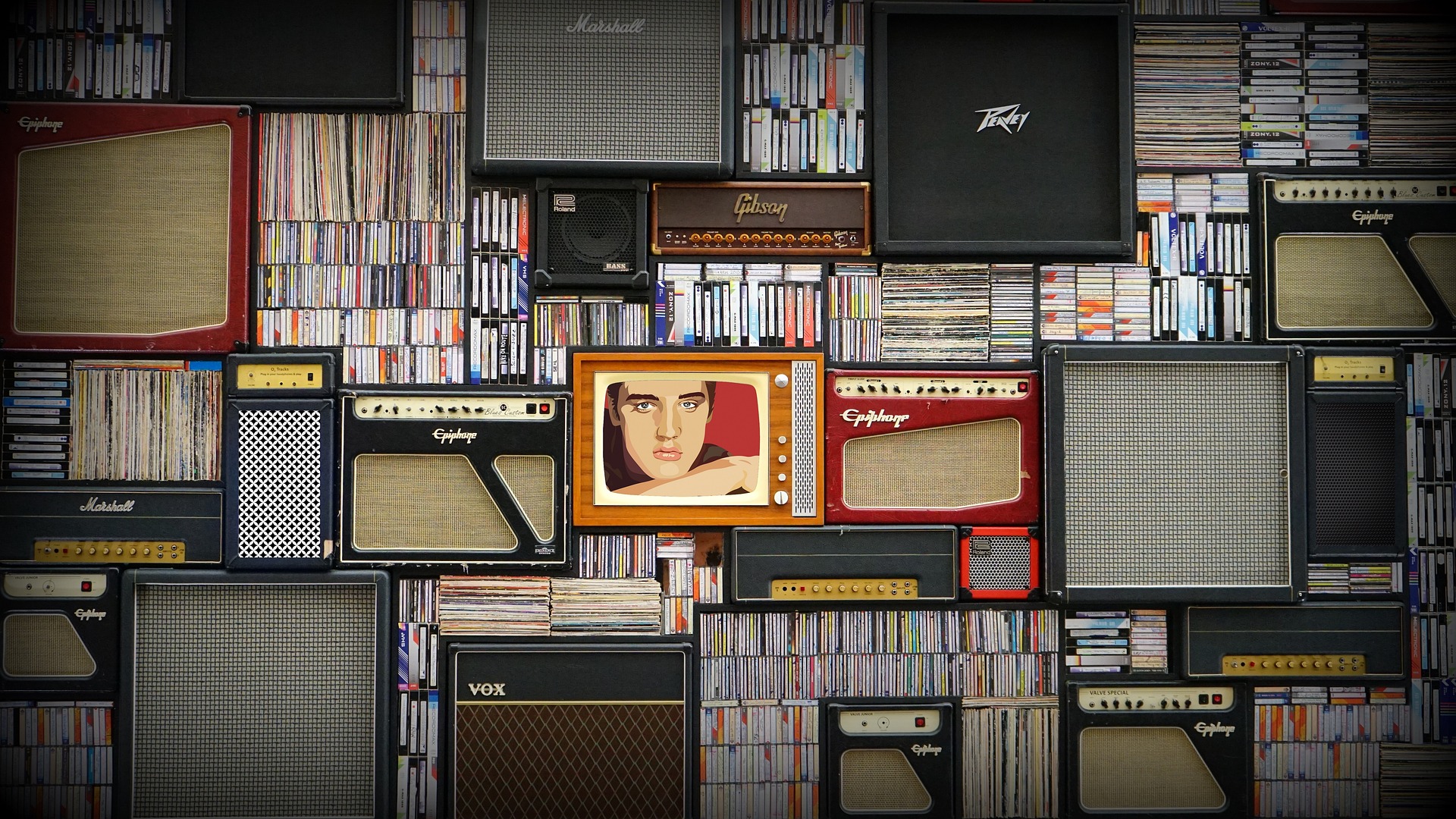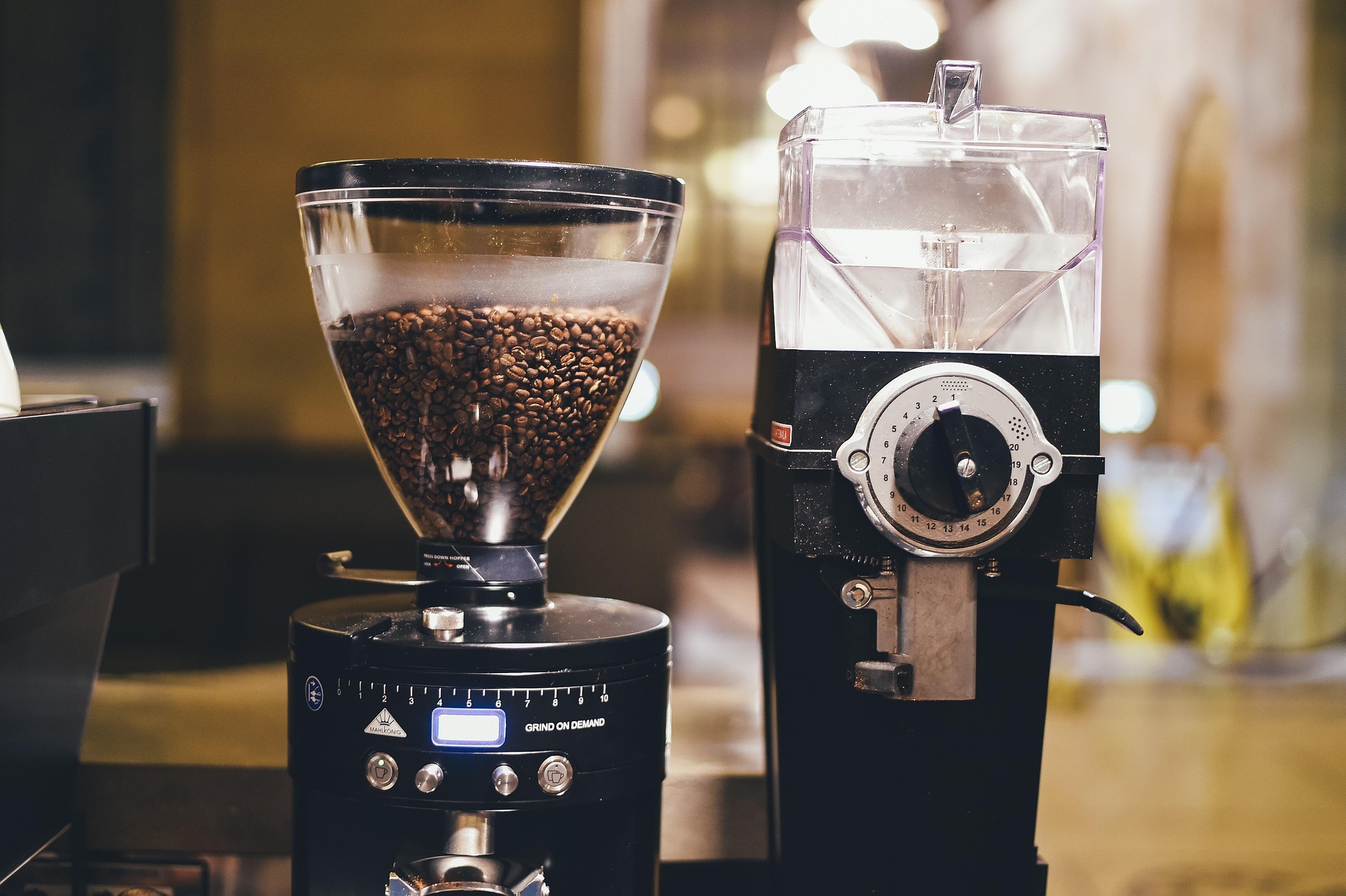Breathing New Life: The Resurgence of Hand-Drawn Animation
In an era where new technologies and computer-generated images dominate the film industry, an unexpected turn of events is taking place. The once considered obsolete, hand-drawn animation, is making a surprising comeback. Unravel this intriguing development in the world of animation, its history, its revival, and its potential impact on the future of visual storytelling.

A Stroll Down Memory Lane: The Origins and Evolution of Hand-Drawn Animation
Before the advent of computer technology, animation was primarily hand-drawn. In the early 20th century, pioneers like Winsor McCay and Walt Disney used this technique to create unforgettable characters and stories. Animation was a painstaking process, with artists drawing each frame by hand to create motion. However, the advent of computer-generated imagery (CGI) in the late 20th century led many to believe that hand-drawn animation would fade into obscurity.
The Tides are Turning: The Resurgence of Hand-Drawn Animation
Yet, despite the dominance of CGI, hand-drawn animation is enjoying a renaissance. This resurgence began in the early 2000s, with films like “The Princess and the Frog” and “Winnie the Pooh” reviving the classic Disney style. More recently, animated series such as “Over the Garden Wall” and “Hilda” have garnered critical acclaim for their unique, hand-drawn aesthetics. These developments suggest that audiences and creators alike are rediscovering the charm and potential of hand-drawn animation.
The Ace Up the Sleeve: The Unique Appeal of Hand-Drawn Animation
So, what is driving this revival? The answer lies in the unique appeal of hand-drawn animation. Unlike CGI, which often strives for photorealism, hand-drawn animation embraces stylization and expressiveness. It offers a tactile, organic quality that can’t be replicated digitally. Its charm lies in its imperfections, the visible brush strokes, and the slight inconsistencies that remind us of the human hand behind the art.
A Glimpse into the Future: The Potential Impact of This Revival
The resurgence of hand-drawn animation could have a significant impact on the animation industry. It offers an alternative to the increasingly homogeneous landscape of CGI animation, allowing for greater diversity in visual styles and storytelling techniques. Moreover, it could lead to a broader appreciation of animation as an art form, rather than just a commercial product.
Wrapping it Up: The Significance of This Artistic Revival
The revival of hand-drawn animation is more than just a nostalgic trend. It represents a return to the roots of animation, a celebration of the artistry and craftsmanship that defined the medium’s early years. It’s a reminder that in an era of rapid technological advancement, there’s still room for traditional techniques and the unique charm they bring. This resurgence of hand-drawn animation is a testament to the enduring power of creativity and the human touch in storytelling.
In conclusion, the resurgence of hand-drawn animation is a fascinating development within the arts and entertainment industry. Offering a fresh perspective and a unique aesthetic, it serves as a reminder of the enduring charm of traditional techniques. As we continue to navigate the digital era, this revival serves as a testament to the timeless appeal of human creativity and craftsmanship in visual storytelling.




